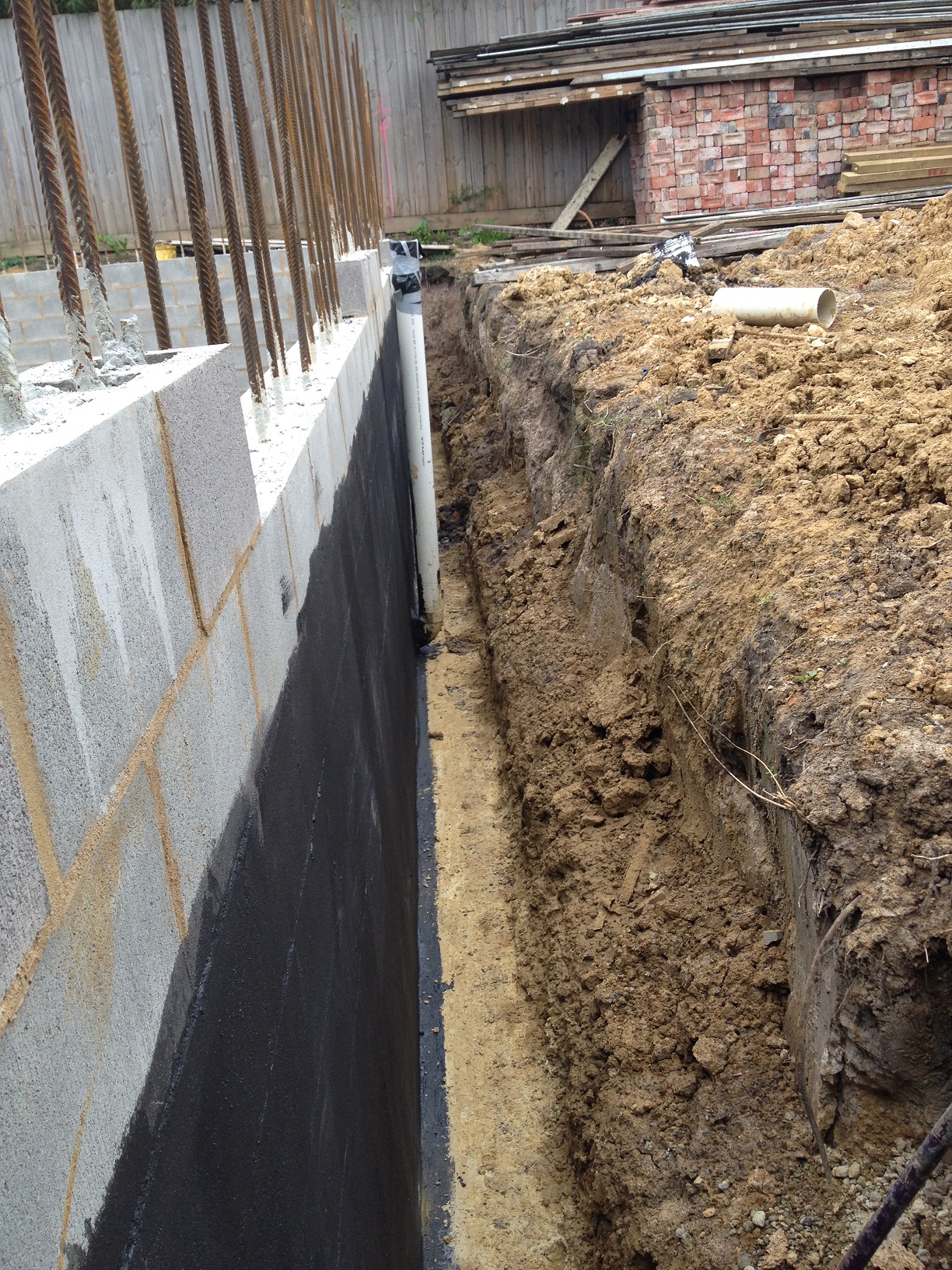Water infiltration can spell disaster for any home or building, leading to expensive fixes and potential health risks. This makes waterproofing an essential aspect of property maintenance that every homeowner should take seriously. Unfortunately, many people ignore key aspects of waterproofing or succumb to common misconceptions, which can worsen problems instead of preventing them. Understanding the importance of proper waterproofing techniques is crucial for safeguarding your investment and ensuring the safety of your loved ones.
In this article, we will discuss common waterproofing mistakes that property owners often make and provide insights on how to prevent them. By highlighting the importance of waterproofing in areas such as basements, rooftops, washrooms, and external buildings, we aim to arm you with the information needed to safeguard your property from water damage. From understanding when professional assistance is required to debunking waterproofing myths, we will guide you through what you should to know for effective waterproofing solutions.
Crucial Waterproofing Information
Moisture-proofing is a critical aspect of preserving the stability of any home or building. Grasping why waterproofing is important for every edifice can save property owners and property managers significant hours and costs by preventing water-related issues. From substructures to roofs, effective moisture-proofing can guard against leaks and humidity infiltration, which, if ignored, could cause mold growth, decomposition, and costly maintenance. By investing in high-quality waterproofing methods, you can ensure your home remains a safe and pleasant space.
One common fallacy is that moisture-proofing is only required in regions prone to substantial rainfall. In fact, every buildings require some form of waterproofing to safeguard against a range of water-related problems, including wetness, condensation, and unexpected breaches during inclement weather. Moisture-proofing fallacies clarified reveal that just minor water issues can morph into major complications if not addressed. Recognition of these hazards can motivate forward-thinking actions before it becomes too difficult to act.
Identifying clues that your building needs moisture-proofing is crucial in avoiding more serious problems. Householders should look for tell-tale indicators such as flaking paint, moisture in lower levels, and damp odors, which may imply moisture ingress. By recognizing these indications early on and knowing how to waterproof your lower level and other exposed areas effectively, you can guard your investment and preserve your property's equity over the years.
Effective Waterproofing Strategies

One of the most efficient waterproofing strategies is to secure proper drainage around your home. https://notes.io/wHNEv entails grading the terrain away from the foundation and adding gutters and downspouts that direct rainwater away from the building. Effective drainage stops water from gathering near your foundation, which can lead to leaks and other water damage. Regular care of these methods is crucial to avoid blockages that can cause water to spill and seep into the structure.
Another key strategy is to select the appropriate waterproofing materials for your particular needs. Whether you're considering interior or exterior waterproofing, it's important to select top-notch products designed for the spaces you're dealing in. For instance, basement waterproofing may demand the use of specialized membranes and sealants, while roof waterproofing might improve with coatings that tolerate UV radiation and temperature fluctuations. Researching and picking the best waterproofing materials can considerably impact the longevity and effectiveness of the approach.
Lastly, consider hiring specialists who have experience in waterproofing to ensure a proper method. While DIY solutions can be tempting, professional evaluations can identify hidden issues that may not be apparent. Experts can offer tailored recommendations and ensure proper execution of techniques and materials. Investing in professional services can be a smart move to shield your home from costly water damage in the long run.
Common Errors and Solutions
One of the most frequent errors in waterproofing is overlooking adequate surface preparation. Many homeowners hasten the process, applying waterproof layers over unclean or irregular surfaces. This can lead to adhesion issues, leading in peeling and inefficient waterproofing. To avoid this, always spend adequate time cleaning and fixing the surface before applying any products. A clear and even surface enhances the effectiveness of the waterproofing material.
Another common error is overrating the abilities of DIY methods. While there are many effective waterproofing products on the market for home use, they often demand particular application methods to achieve the optimal results. Homeowners sometimes apply too thin a layer or neglect to follow the manufacturer's instructions. To avoid this problem, consider consulting professionals for complex areas like cellars or roofs, ensuring the work is done correctly and that you use the right products for your specific needs.
Finally, ignoring signs of water damage until it becomes severe is a major error. Homeowners often delay too long to tackle visible leaks or moisture issues, leading to costly repairs down the line. Regular inspections and maintenance can help catch potential problems early. Set up a seasonal schedule to inspect for leaks, cracks, and indicators of mold to keep your property safe and minimize long-term detriment.
